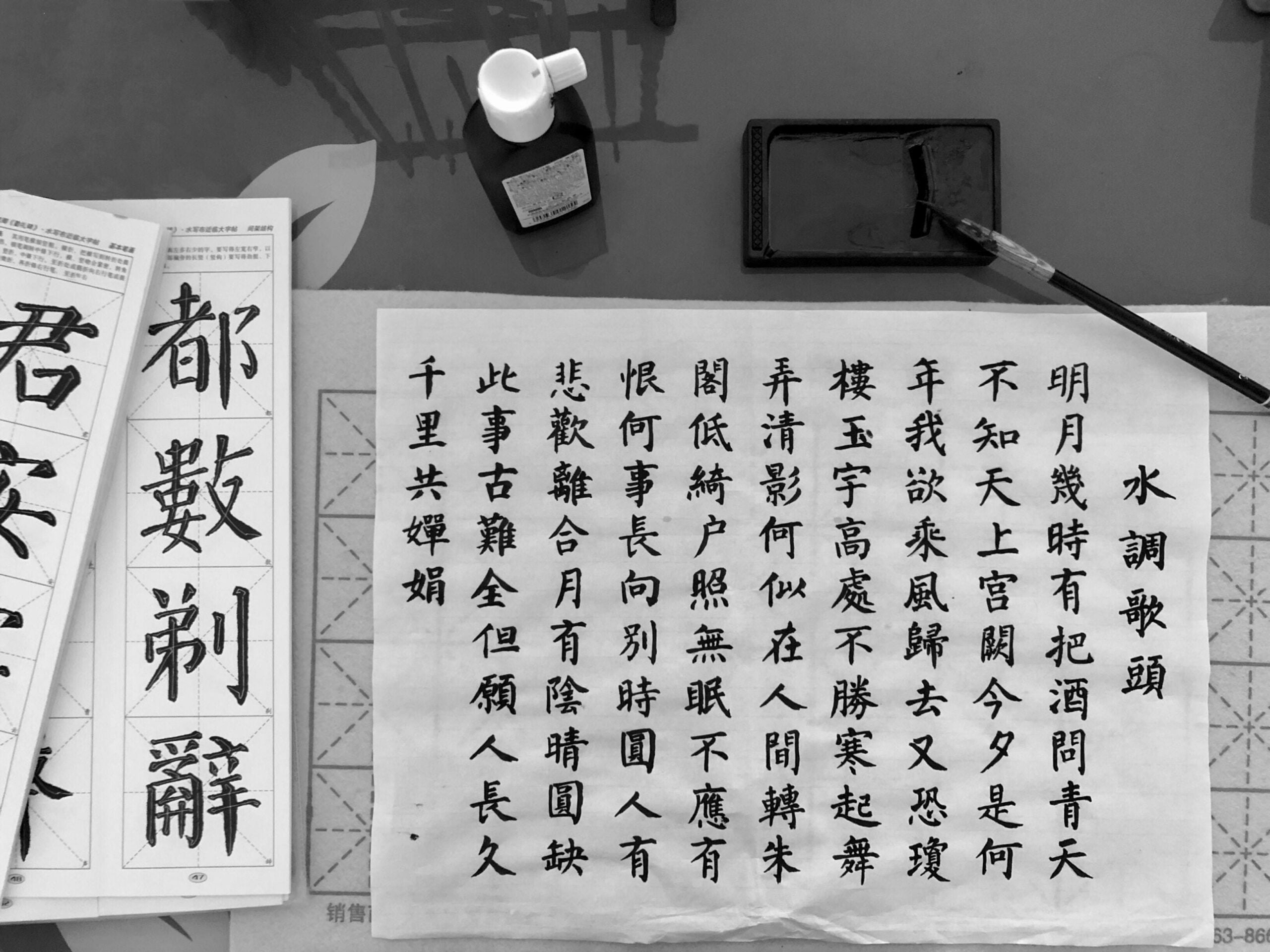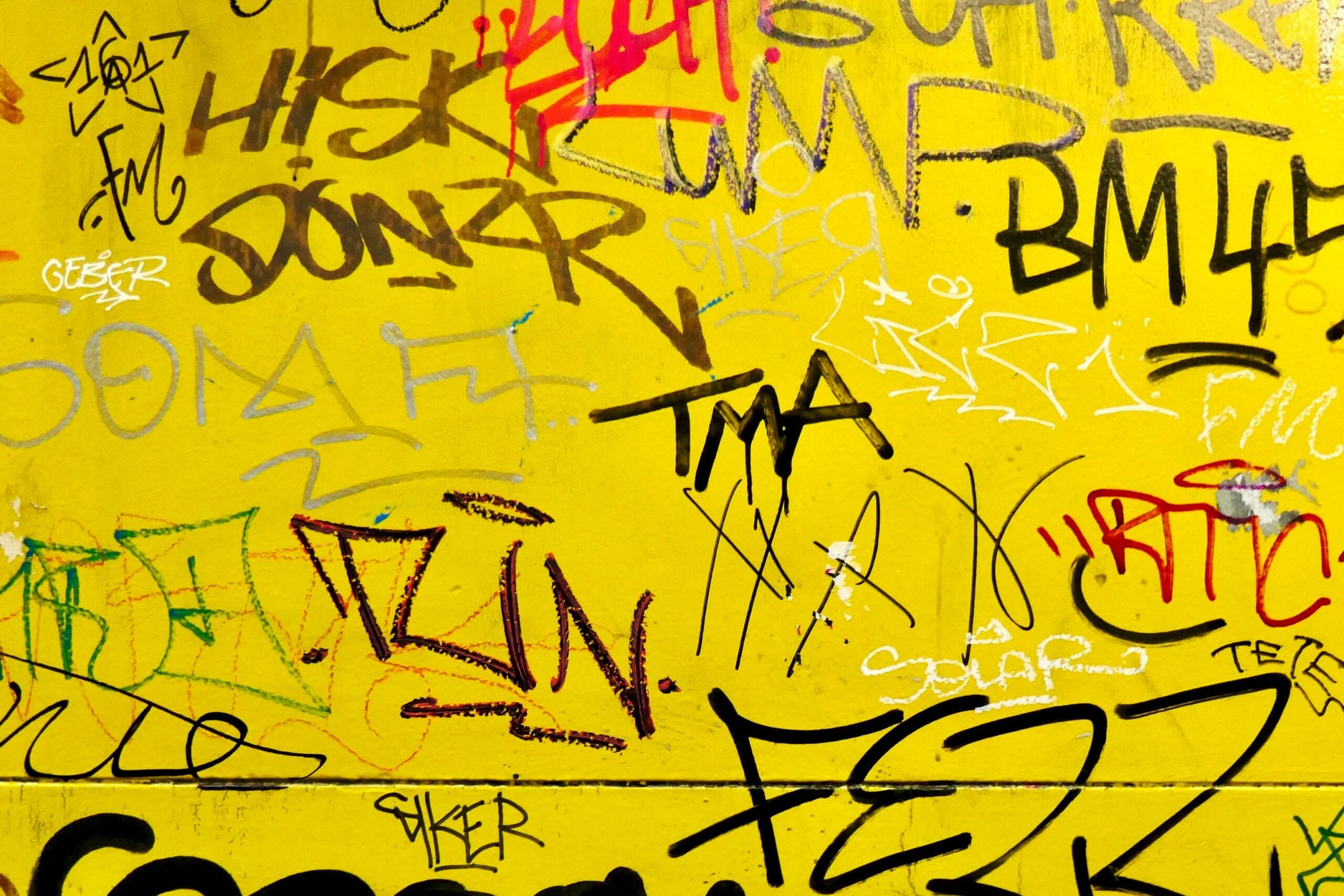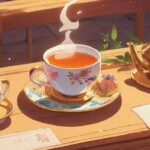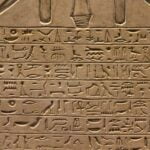Welcome to a captivating journey into the enchanting world of Chinese calligraphy! In this article, we will delve into the realm of fascinating fun facts about this ancient art form that has captivated hearts for centuries. Prepare to be mesmerized as we unravel the secrets, techniques, and rich history behind the strokes that bring life to the written word. So, grab a cup of tea, sit back, and embark on a mesmerizing adventure into the realm of Chinese calligraphy’s delightful mysteries!

Chinese Calligraphy Fun Facts
Chinese calligraphy is an ancient art form that has fascinated and captivated individuals around the world for centuries. As we delve into the intriguing world of Chinese calligraphy, let’s unveil some fascinating fun facts that highlight the essence and significance of this exquisite practice.
1. A Rich History
Chinese calligraphy has an extensive and rich history, dating back approximately 4,000 to 5,000 years. Its origins can be traced back to ancient China, where it was regarded as a highly valued art form. Calligraphy, also known as “Shufa,” encompasses the art of writing Chinese characters and is often referred to as “the rules of writing with a brush.”
2. A Beautiful Synthesis
Ink and wash painting, also known as “Shui Mo Hua,” is closely linked with calligraphy. The techniques and tools used in both art forms are the same, emphasizing the harmony between writing and painting. Through the elegant strokes and delicate fusion of ink and water, calligraphy embodies the beauty and grace of Chinese culture.
3. Dynamic and Expressive
What sets calligraphy apart from other visual arts is the emphasis on dynamic life and motion. As calligraphers wield their brushes, they strive to capture the vitality and energy of every stroke. Each character comes to life, flowing with a unique rhythm that conveys the artist’s emotions and intentions.
“In the world of Chinese calligraphy, each stroke dances to its own tune, harmoniously coming together to create a symphony of visual poetry.”
4. A Path to Prestige
In pre-modern China, calligraphy held immense significance and reverence. Scholars skilled in calligraphy were allocated superior positions in government, society, and culture. Their prowess in wielding the brush and their ability to create aesthetically pleasing characters elevated their status and garnered immense respect.
5. Influencing Art Styles
Calligraphy not only stands as a form of visual art but also closely intertwines with Chinese painting. It has greatly influenced major art styles throughout East Asia, including Japanese and Korean art. The elegant brushstrokes, fluidity, and balance showcased in calligraphy have left an indelible mark on the artistic heritage of these regions.
6. The Beauty of Chinese Characters
Chinese calligraphy is intimately tied to the unique and special style of Chinese characters. The characters themselves are intricate works of art, stemming from ancient pictographs and evolving over thousands of years. Through calligraphy, the beauty and aesthetic appeal of Chinese characters are magnified, providing a visual feast for the eyes.
7. Essential Tools
To embark on the journey of Chinese calligraphy, one requires special tools: ink brushes, ink, paper, and ink stones. The ink brush, with its delicate bristles, allows for precise control and expression. Ink, made from grinding ink sticks on an ink stone, provides the medium for calligraphers to leave their mark on the paper.
“With every brushstroke, the calligrapher breathes life into their characters, leaving behind a trail of ink that tells a story.”
8. An Integral Part of Chinese Culture
Chinese calligraphy is deeply ingrained in Chinese culture as a form of artistic expression and communication. It holds immense respect and reverence, embodying the values of patience, discipline, and craftsmanship. From scrolls adorning the walls of homes to revered masterpieces showcased in museums, calligraphy continues to be cherished and celebrated.
“Chinese calligraphy serves as a bridge, connecting the past and present, carrying the legacy of Chinese culture through the strokes of a brush.”
From its ancient roots to its profound influence on art and culture, Chinese calligraphy continues to inspire and captivate enthusiasts worldwide. It remains an enduring symbol of beauty, elegance, and the artistic spirit of China.
Table:
Here is a table showcasing the steps involved in creating Chinese calligraphy:
| Step | Description |
|---|---|
| 1 | Select the appropriate brush and prepare the ink. |
| 2 | Position the paper and hold the brush at a comfortable angle. |
| 3 | Begin with basic strokes, practicing the fundamental characters. |
| 4 | Focus on the balance, rhythm, and flow of your brushstrokes. |
| 5 | Progress to more complex characters, honing your skills. |
| 6 | Experiment with different styles and techniques. |
| 7 | Practice regularly to refine your technique and develop your own unique style. |
Chinese calligraphy is much more than just a form of writing – it’s an art form that has captivated minds for centuries. If you’re curious about the fascinating history and intricacies of this ancient practice, then you’ll definitely want to check out these fun facts about Chinese calligraphy. From the evolution of characters to the different styles and techniques employed by calligraphers, there’s so much to discover. So why wait? Dive into the world of Chinese calligraphy and explore its rich traditions and cultural significance by clicking here: fun facts about Chinese calligraphy. Your appreciation for this unique art form will only grow as you uncover its hidden depths and beauty.
FAQ
Q: What is the origin of calligraphy?
A: Calligraphy originated in China and is between 4,000 and 5,000 years old.
Q: What does calligraphy refer to?
A: Calligraphy is the art of writing Chinese characters and especially refers to the rules of writing with a brush.
Q: How is calligraphy related to ink and wash painting?
A: The ink and wash painting is often linked with calligraphy, and the techniques and tools used are the same.
Q: How is calligraphy different from other visual art forms?
A: Calligraphy is different from other visual art because the artists focus on dynamic life and motion.
Q: What role did calligraphy play in pre-modern China?
A: Scholars with calligraphy skills in pre-modern China were allocated superior posts in government, society, and culture.
- Georgia Platform: A Southern Strategy, 1850s - March 31, 2025
- How many weeks is 40 days: Quick Conversion Guide for Accurate Results - March 31, 2025
- How many feet is 300 meters? 984 Feet: Understand Length Conversions Easily - March 31, 2025
















